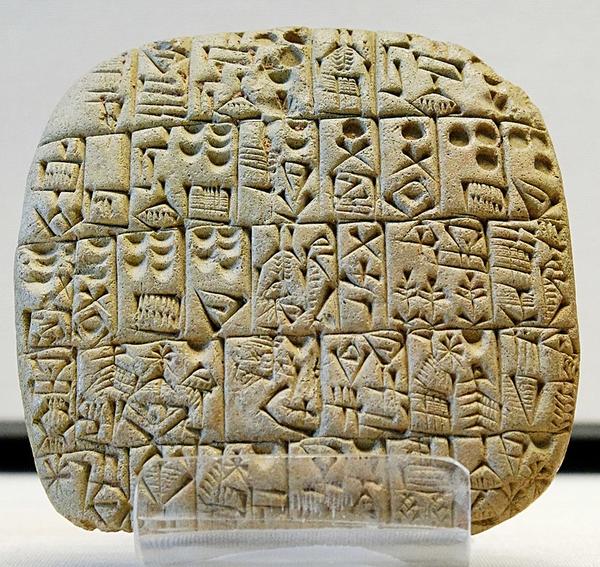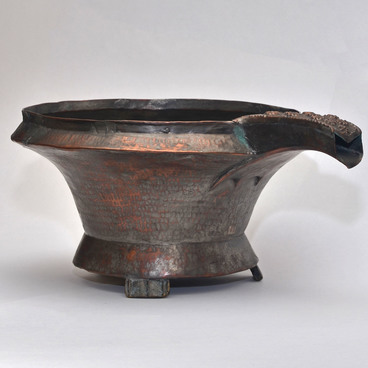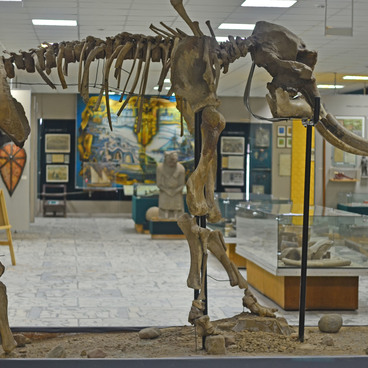The Stilus (in Old Russia called ‘Pisalo’) is a stem made of metal, bone or wood used for writing. Such tools used to be widely spread in ancient times, one could come across them in Ancient Greece, Rome, Assyria, later in Byzantium. Probably they reached Russia from there.
Stylus
Время создания
9th-12th centuries
Размер
7x0,7 cm
Техника
Bronze, casting
Коллекция
Выставка
6
Открыть в приложении#1
Stylus
#3
#5
In various periods, styluses were used to write on tablets of soft clay that were baked afterwards, or on tablets with wax coating. Letters were scratched on the tablets. The first method allowed to preserve the texts for a long time: this is how the Sumerian cuneiform tablets were created. In contrast, the second method allowed to quickly correct or erase the written text, and then re-use the tablet.
Sumerian contract: selling of a field and a house. Shuruppak, pre-cuneiform script. Source: ru.wikipedia.org
#6
The writing tip of the stylus was sharpened, so that the letters look even, clear and neat. On the opposite end there was a wide spatula that was used to erase the unwanted or incorrect text.
#7
Styluses were first mentioned in Russia in the 11th century. Such tools were used not only to write inscriptions on wax-coated tablets. They were also applied to scratch texts and pictures on birchbark, plaster and stone. After such application, the stylus had to be sharpened from time to time, otherwise the stem would get distorted.
The stylus used to be a characteristic feature of scribes and literate town dwellers. It was often worn in plain sight, attached to the waist belt. Sometimes the cap was decorated with a simple carved ornament, located in such a way that it does not affect writing.
#8
The stylus kept in the Bryansk Museum of Local Lore, History and Economy was cast in bronze during the period between the 9th and 12th centuries. Its dimensions are small for that time: the length is 7 centimeters and the diameter is around 7 millimeters. Such styluses were most often made by Novgorod craftsmen. In other regions, longer styluses were cast, up to 15 centimeters.
#9
Bronze styluses were deemed quite expensive in Old Russia: more widespread were simple and cheap wooden versions. However, a metal stem was more durable, it would not break and would grind off slower, even if used for writing on hard surfaces. Such tools used to belong to rich city-dwellers who were well-versed in reading and writing.
#10
Bryansk State Regional Ethnography Museum, a State budgetary cultural institution
читать дальшескрыть
00:00
00:00
1x
Stylus
Время создания
9th-12th centuries
Размер
7x0,7 cm
Техника
Bronze, casting
Коллекция
Выставка
6
Открыть в приложении
Поделиться


